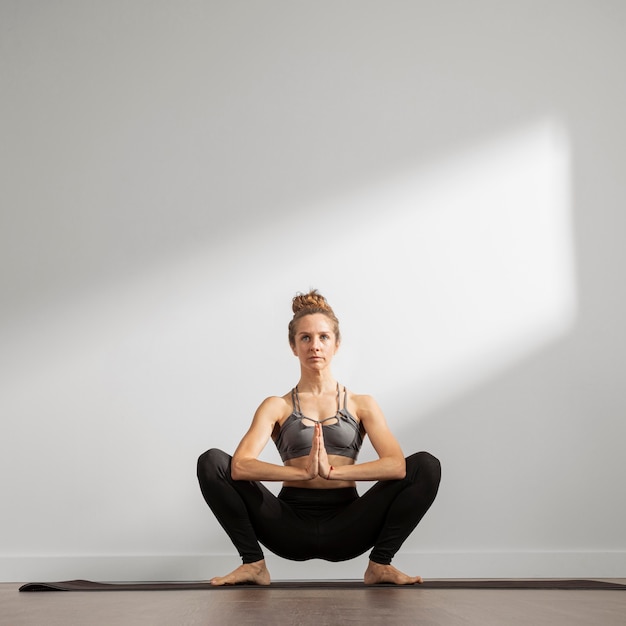
Practicing yoga isn’t just about flexible limbs; it can also enhance memory, heart health, and bone strength, as shared by Anna Magee. Over time, yoga has become increasingly popular in the UK, with people spending a whopping £790 million annually on classes and gear.
While some yoga trends—like rage yoga, naked yoga, or even dog yoga—might seem strange, the practice’s proven health benefits are gaining attention. For instance, a study at UCLA found that a three-month course of yoga and meditation significantly improved memory and reduced age-related brain changes more effectively than traditional memory exercises.
Lucy Edge, a former advertising executive, turned to yoga during a deep depression instead of medication. After a six-month stint in India, she returned happier and more content. Inspired by her experience, Lucy authored three books on yoga and created Yoga Meds, listing clinical trials that validate yoga’s benefits for various health issues from arthritis to insomnia.
Thinking about how yoga can help you? Here’s a quick rundown:
To boost brain power, a UCLA study showed that older adults who practiced yoga and meditation for 12 weeks saw better memory improvements and reduced stress than those doing traditional memory exercises. This suggests yoga could be a valuable tool for maintaining brain health.
Getting started with yoga doesn’t mean doing intense headstands. The study participants did one hour of Kundalini yoga weekly, combined with a daily 20-minute meditation called Kirtan Kriya involving chanting, hand movements, and visualization.
Yoga is also great for your heart. Research in the European Journal of Preventative Cardiology suggests yoga can lower heart disease risk as effectively as conventional exercises like brisk walking. Yoga reduces stress, which in turn can lower blood pressure and heart rate, critical factors in preventing heart disease.
Restorative yoga is particularly good for stress relief. It involves supported postures held for several minutes, giving your nervous system a break and quickly reducing stress.
Yoga is beneficial for back pain too. A musculoskeletal physiotherapist and yoga teacher, Sarah Shone, noted that 87% of participants in her yoga classes reported pain reduction. Yoga and stretching are recommended by the National Institute of Clinical Excellence for lower back pain, and Shone aims to train more physiotherapists to incorporate yoga into clinical practices.
Yoga can also help with incontinence by strengthening pelvic floor muscles and improving bone density. If you’re new to yoga and have health concerns, start with gentle styles like Hatha or Iyengar. These are accessible for beginners and can be modified to suit specific conditions like back pain.
As for yoga gear, the right mat is key. Consider where you’ll use it, its portability, and whether you need extra cushioning for joint comfort. The Elephant Cork Yoga mat from Valka Yoga, for instance, is eco-friendly, durable, and offers good joint support, perfect for hot yoga due to its grippy nature when wet and odor resistance.
Yoga blocks, like those made from cork, can aid flexibility and provide stability for difficult poses. For beginners, styles like Yin or Restorative yoga use props to support relaxing postures. Vinyasa Flow and Iyengar yoga focus on breath-linked movements and posture alignment, respectively. Anusara Yoga mixes alignment focus with upbeat music, and Yoga Therapy uses yoga techniques to aid in healing.
So, whether you want mental clarity, better heart health, or pain relief, there’s a yoga style that can help you get started.